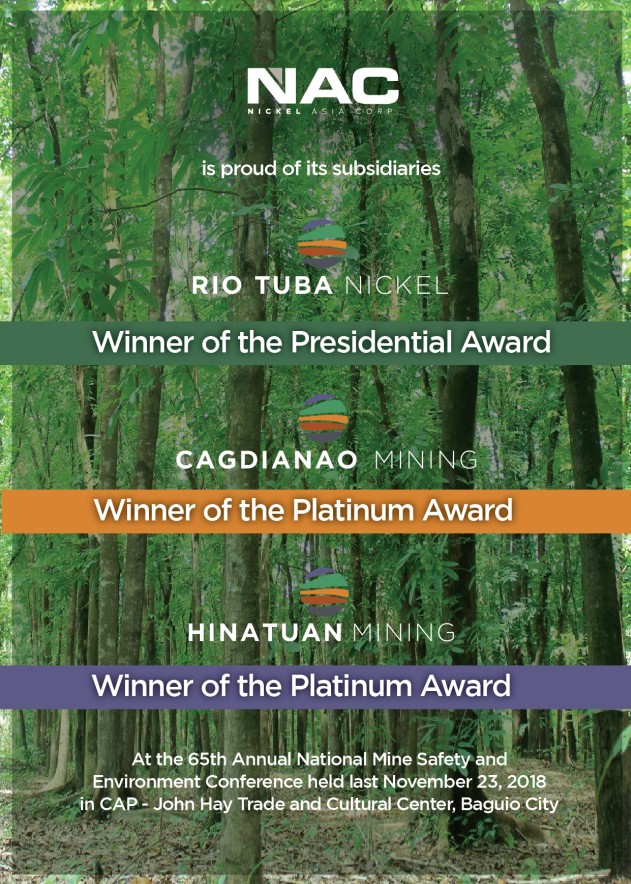Harvest Time
Cashew nut sheller increases production
By Sosimo Ma. Pablico
A manually operated cashew nut sheller developed by agricultural engineers of the Bureau of Postharvest Research and Extension (BPRE), which is based in the Science City of Munoz, Nueva Ecija, has made cashew nut production and processing in Limay, Bataan more financially rewarding.
As a result of the machine’s introduction to a processor in Limay, Mrs. Rosario Villaviray, the price of cashew nuts has increased in a just a few years from 80 to 600 per pail and, hence, the income of cashew growers.
Mrs. Villaviray, more popularly known as Nanay Chayong, who operates a small-scale processing business, produces processed and semi-processed cashew kernels using the BPRE cashew nut sheller. The operations in cashew nut processing include shelling, picking the cashew kernels from the shelled nut, removal of the testa, oven cooking, and packaging.
With the BPRE cashew nut sheller, the cashew nuts are shelled to produce whole nuts. For two years, BPRE specialists taught Nanay Chayong and her workers how to process and market cashew products.
Nanay Chayong now processes about 1,500 bags of cashew kernels every year. She employs at most 30 persons for the various processing operations, except testa removal, which is contracted to about 50 individuals. She said testa removal must be done properly so that the whole cashew kernel would not split. The testa is the thin papery cover of cashew kernels.
Almost 80 percent of the processed cashew kernels go to the local market, including market outlets in Sta. Rita and San Fernando, Pampanga and Abucay, Bataan. Wholesalers from Antipolo, Rizal also buy from Nanay Chayong.
In addition to cashew kernels, Nanay Chayong also processes cashew prunes, cashew butter, and cashew wine. Before BPRE specialists taught her how to process these products, cashew apple was more often thrownaway as waste or fed to livestock. Indeed, processing of these products has added value to the cashew apple.
In a related development, arrowroot processing in Marinduque has become more profitable as a result of a financial assistance from the Department of Science and Technology, which was negotiated through BPRE.
In the past, the process of extracting starch from arrowroot was tedious and cumbersome as this was done manually. Starch recovery was only 11 to 14 percent.
Moreover, Susan Bonode of the Marinduque Provincial Agriculture Office said there was no assurance of good quality starch. As a result, the demand of processors could not be met. In many instances, the quality of starch produced by farmers was not acceptable.
She added that machines were needed to make starch extraction easier and faster. At the same time, the starch producers also needed to learn about some kind of quality control.
After becoming a member of the national postharvest specialist network in 1997, Bonode requested for assistance from BPRE and immediately, some of its specialists were sent to the province to study the situation. A cursory look at the situation showed an urgent need for improved technologies and systems. Thus, BPRE linked the producers to some agencies that could provide some kind of assistance.
It was the Department of Science and Technology [DOST] that provided financial assistance for the Rejano’s Bakery to be able to establish an arrowroot processing facility complete with washer, shredder, extractor, spinner and dryer. Other agencies that also provided assistance were the Department of Trade and Industry, Bicol University, Technical Education and Skills Development Authority, Department of Agrarian Reform, and Bureau of Food and Drugs.
As a result, farmers now cultivate at least 70 hectares for arrowroot production. In the past, arrowroot was not planted in a large scale due to the difficulty of starch extraction. The farmers derive a net income of 6,420 a hectare or a return on investment of about 30 percent. On the other hand, Rejano’s bakery now supplies the starch needed by makers of uraro or arrowroot cookies.
With the improved technology, uraro may yet become another export product to Japan and 30 other countries.
(For past columns, click http://sundaypunch.prepys.com/archives/category/opinion/harvest-time/)







